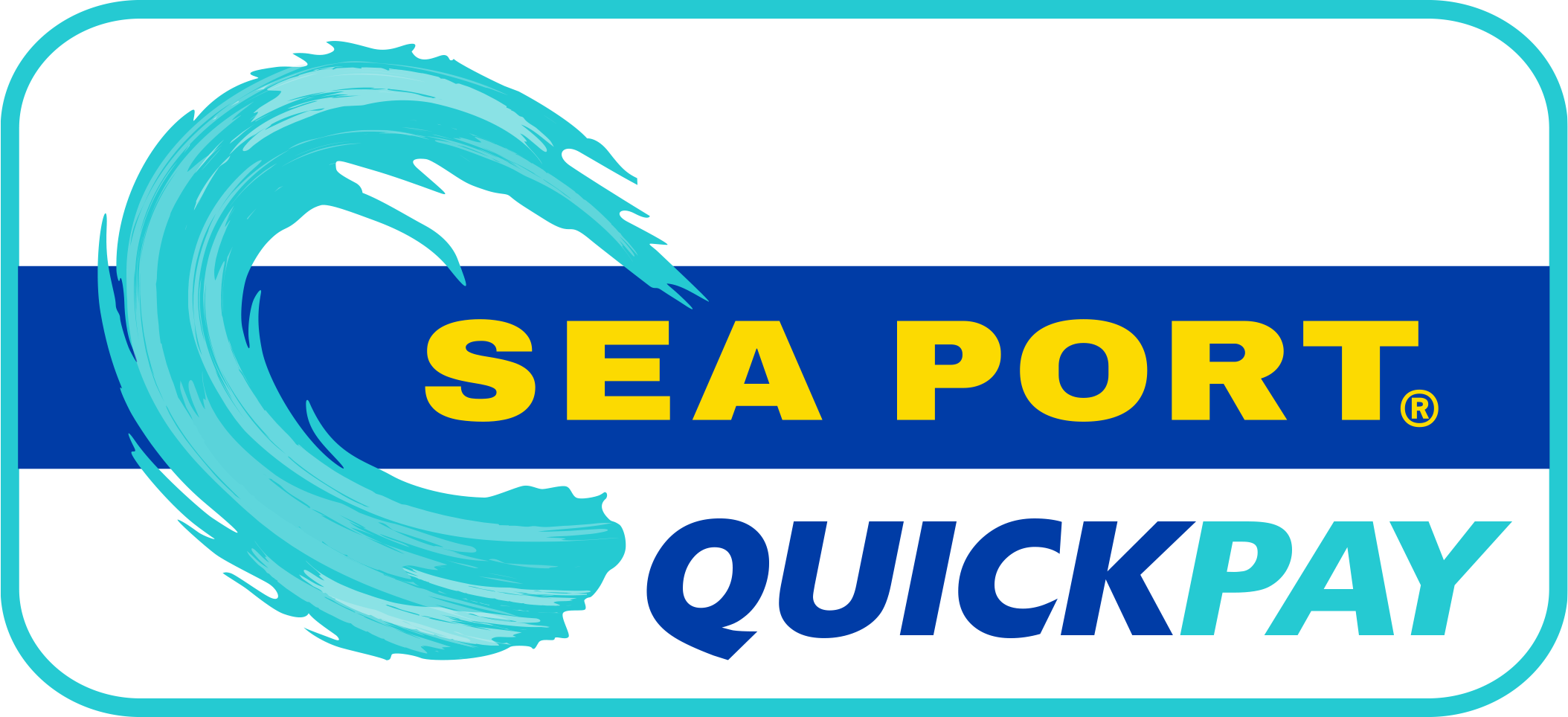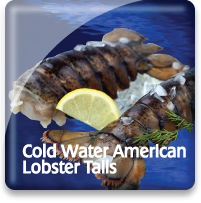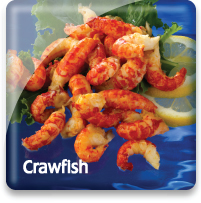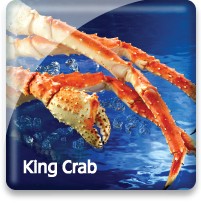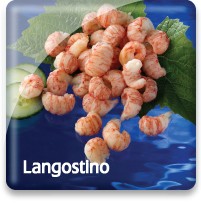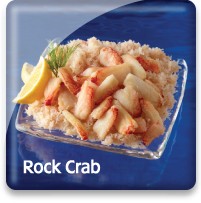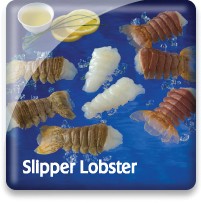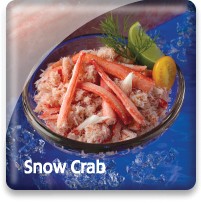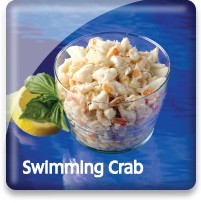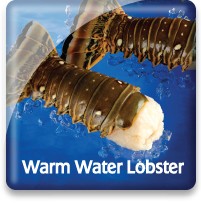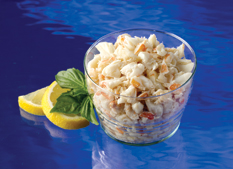
Swimming Crab

Market Name: Eating QualitiesSwimming Crab Meat has a sweet flavor and firm texture.
   |
Description & CharacteristicsBountiful Flavor in Every Single Bite For pasteurized crabmeat, nothing beats the quality of our hand-picked Leader Brand Lump Crab Meat (Portunus spp, also known as "swimming crab") Unique Source Control means consistent quality Unlike many seafood processors, Leader Brand obtains its crab meat from one source rather than from many sources, giving us more control over product quality and standards. From start to finish, Leader Brand has direct control over the crab harvest, processing, grading, packing, and shipment. Always under our very stringent quality control guidelines. Pasteurized for flavor retention and longer shelf life Our frozen crabmeat is also fully cooked and pasteurized, and then immediately vacuum packed in our retail-ready printed tub. Leader brand crab is a, flavor-rich crabmeat without any artificial enhancements or ingredients!
Swimming crabs have specially adapted hind appendages to help them swim.
Other Resources |
Handling Instructions for Swimming Crab
Swimming crab meat should be stored frozen at or below 0°F (-18°C) until it is ready to be properly thawed. Our swimming crab meat is pasteurized in tubs and then quick frozen in order to provide the highest quality and safest crab meat possible. The frozen shelf life is 24 months. Links to proper seafood handling instructions: NOAA - Fish Watch: Handling Seafood and Safe Handling of Seafood.
Thawing Swimming Crab
Thawing the sealed pasteurized tub of frozen crab meat in the refrigerator for 24-48 hours Between 33 and 39°F will yield the best quality thawed product. Accelerated thawing can be accomplished by immersing the sealed frozen tub in a cold water bath and checking periodically for signs of complete thawing. This quick thaw technique can take as little as one hour, however, do not leave in the cold water bath for more than 2 hours. Once the product is completely thawed using this accelerated method, immediately use or return promptly to proper refrigeration temperatures (33-39°F and hold for no more than 5-7 days (tub still completely sealed – not opened yet).
Important Instructions for Swimming Crab
Once the thawed sealed tub is opened, no further processing is needed such as rinsing or the draining of juices and the product is ready to be used. Even though our frozen swimming crab meat is pasteurized, once thawed, the unopened tub properly refrigerated should still be totally consumed within 5 days. It is very important to make sure that once the thawed tub is opened and the pasteurization seal is thus broken, that the entire product is now handled just like any other fresh seafood and we recommend consuming it all within 2-3 days.
The Federal Food, Drug and Cosmetic Act now requires that all foods that are not raw agricultural commodities and that contain a major food allergen be labeled to clearly identify the name of the food source form which the allergen is derived. (21 CFR U.S.C. 343(w)(1)). The act defines eight foods, and any ingredients derived from these foods as major food allergens: Fish, Crustacean Shellfish, Milk, Eggs, Tree Nuts, Peanuts, Wheat & Soybeans. The name of the food source that must be listed on the label for fish or crustacean shellfish must be the specific type of fish or crustacean shellfish. The market names of species of fish and crustacean shellfish should be used to identify the food source of these two major food allergens. If you intend to re-pack these seafood products, be sure the allergen is declared in either one of two ways:
1) Within the list of ingredients
or
2) In a separate “Contains” statement immediately after or adjacent to the list of ingredients.
Consult the Fish and Fishery Products Hazards and Controls Guidance, Fourth Edition, Chapter 19 for more detailed information on the labeling of food allergens.
Cooking Tips
Our swimming crab meat is fully cooked and ready to eat upon proper thawing. This fully cooked crab meat can easily be used in a wide variety of dishes and preparations such as soups, quiches, sandwiches, salads, casseroles, and for stuffings. Link to cooking tips for crab meat.
China
With more than 1.3 billion people, China is today the world’s most populous country. With a growing economy fueling an appetite for seafood, China has begun importing seafood for in-country consumption, as well as exporting a great deal of its production. In fact, since 2002, China has continued to export more fish and fishery products than any other country in the world, with Japan, the United States, and the Republic of Korea as its main export markets.
Chinese distant water fishing activities started in 1985 when China gained access to new fishing grounds through agreements with foreign countries. China operates vessels in West Africa, the North Pacific, and tuna longline vessels in the South Pacific. In addition, squid are harvested in the Japan Sea and the North Pacific under Chinese-flagged vessels.
Carp are also commercially important, as are bream, shad, eel, cat fish, rainbow trout, salmon, whitebait, mullet, mandarin fish, perch, sturgeon, murrel and pangolin. Commercial shellfish include freshwater shrimp and river crabs, molluscs such as mussels, clams and freshwater snails.
With one-fifth of the world’s population, and an official government policy to promote aquaculture, China has today become an aquaculture powerhouse, now producing more than two-thirds of the world’s aquaculture species. Fish and shellfish are grown in freshwater as well as the marine environment, including rivers, estuaries, inland lakes, ponds, and the sea.
http://cport.net/go-blue-seafood-sustainability-spectrum
Go Blue! Seafood Sustainability Spectrum*Click here for an explanation of our Sustainability Spectrum 
Sustainability AssessmentSwimming Crabs are important both ecologically and economically to many coastal systems. Their life history characteristics (e.g., fast growing, quick to sexually mature) suggest that they are somewhat resilient to fishing pressure. However, Swimming Crab populations are heavily influenced by local environmental conditions such as water temperature and quality. Lack of data, ineffective management, and lack of enforcement are problems for most countries that produce blue swimming crab, including China, where Sea Port’s crab product originates. Sea Port’s Swimming Crab is captured by bottom trawls, which can have a substantial negative impact on sea floor habitats. Some crab fisheries in Southeast Asia have been targeted for improvement efforts by the National Fisheries Institute’s recently formed crab council, but currently China’s Swimming Crab fishery is not one of them. Sea Port’s crab wild fishery is regulated by seasonal closures but not by size or sex restrictions at this time.
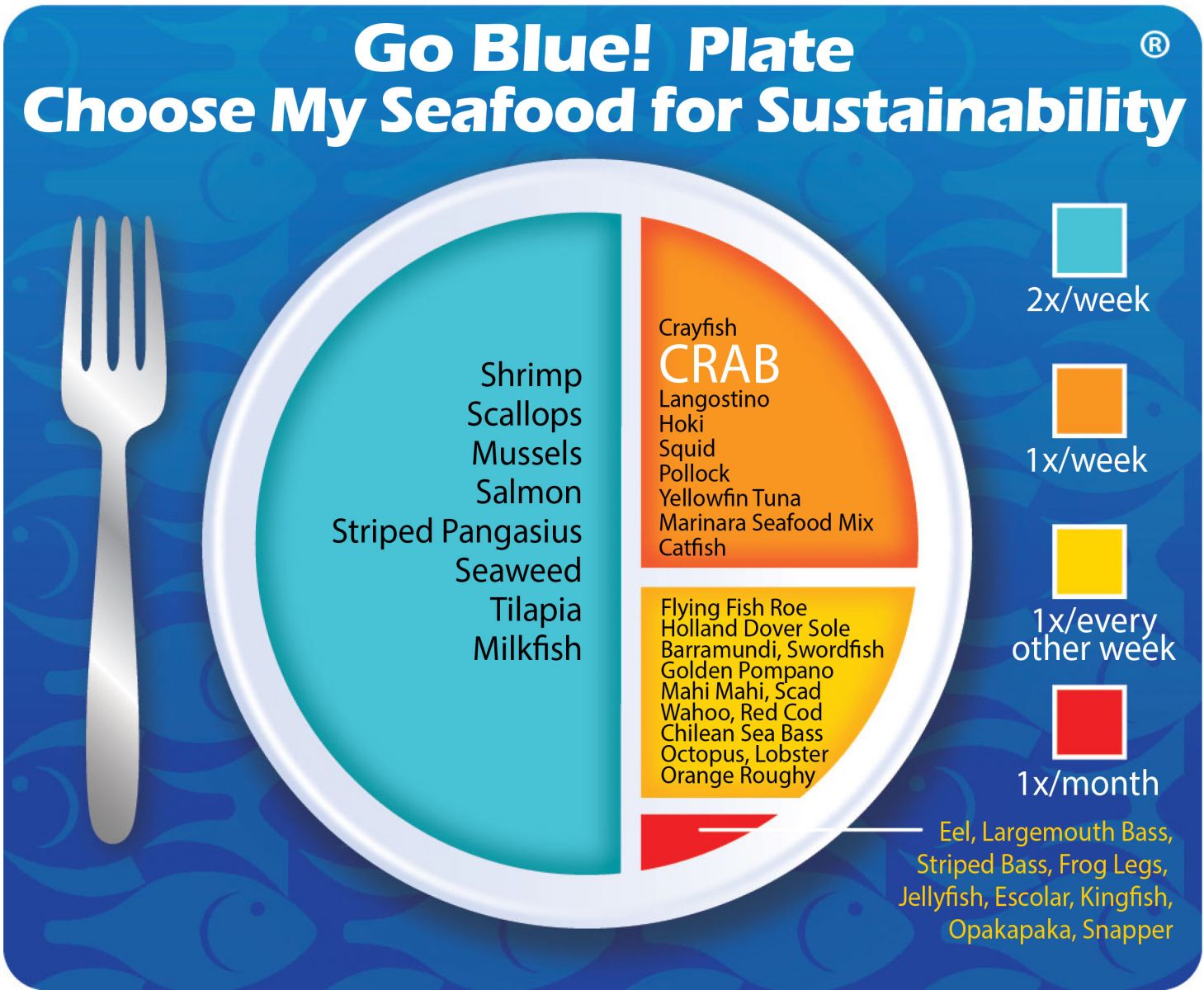
Environmental Impact: Moderate to HighThere is a Lack of data on many aspects of Swimming Crab fisheries. Because Swimming Crab sourced by Sea Port is landed by bottom trawls, habitat impacts are also an issue.
Sustainability Improvements NeededThere is a need for: improved data collection; implementation of specific fisheries management regulations (e.g., quotas, gear restrictions, seasonal or area restrictions); increased use of traps, which are less harmful to sea floor habitats than trawls; consideration of improvement efforts similar to those implemented by the NFI crab council.
Actions that Sea Port is UndertakingSea Port’s Swimming Crab is sourced from a very small area of FAO fishing area 61 in China. This fishery is regulated in terms of seasonal closures and is highly valued by the local fishermen who have a monopoly on the resource. The Chinese stake holders have created crab aggregating areas to make their harvest more efficient and less damaging to the sea floor. Sea Port supports such artisanal type fisheries due to the fact that the fishermen are committed to its long term sustainability. Sea Port believes that, in aggregate, choosing from a diverse variety of seafood is better for sustaining the world’s seafood resources and that Swimming Crab should be a part of this variety. We created the sustainability assessments for each of our seafood items in order to reveal the existing and potential environmental impacts and risks that are associated with producing them for human consumption. This allowed us to establish the starting position for each of our seafood items along our progressive Go Blue! Seafood Sustainability Spectrum®. These assessments are only a single snapshot in time and because of this, we will continue to assess and update the critical sustainability needs associated with our supply sources and issue updates to the Go Blue! Seafood Sustainability Spectrum® as needed. There is a growing global awareness for the need to assure the sustainability of farmed and wild caught seafood and because of this; all around the world positive changes are rapidly occurring at all levels of the seafood supply chain. We will continue to spread this growing awareness and work with our many industry partners to improve the sustainability of all seafood, which we believe is the ideal protein of choice to feed an ever growing world population. Our Go Blue! Seafood Sustainability Spectrum® serves as our compass and yardstick as we strive to move all our products forward to becoming more sustainable. Please join us in this committed quest and Catch Our Wave® to sustainability by choosing a diverse variety of responsibly produced seafood as part of your diet.
|

